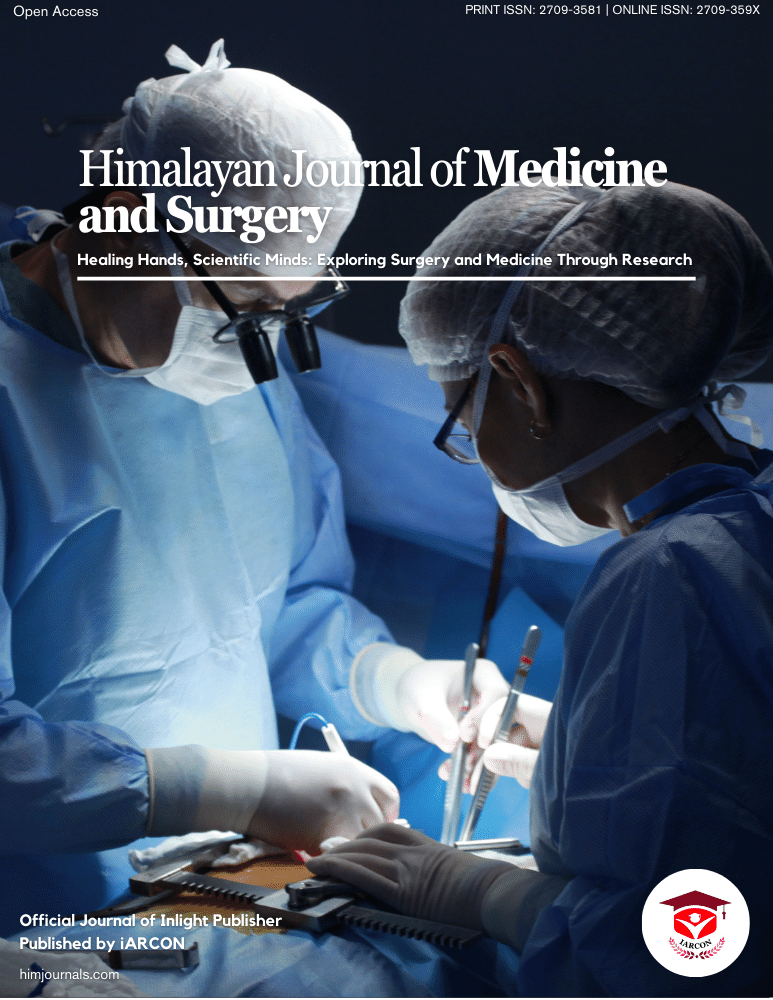Eye health is a critical component of overall well-being, and conjunctivitis, commonly known as Pink Eye, represents a prevalent eye condition that can significantly affect individuals' quality of life. Conjunctivitis is characterized by inflammation of the conjunctiva, the thin, transparent layer covering the white part of the eye and the inner surface of the eyelids. It can be caused by various factors, including viruses, bacteria, allergens, and irritants, making it essential to understand the condition thoroughly for effective prevention and management.[1-5]
Conjunctivitis is a contagious condition and can spread easily through contact with infected individuals, contaminated objects, or even self-inoculation from one eye to the other. The three primary types of conjunctivitis are viral, bacterial, and allergic, each with distinct causes, symptoms, and treatments. Given its infectious nature, knowledge about conjunctivitis is crucial for early recognition, appropriate management, and effective prevention measures to curb its transmission. [6-10]
Himachal Pradesh, a picturesque state in northern India, is renowned for its natural beauty and cultural diversity. However, like any other region, its residents are not immune to common health issues such as conjunctivitis. The level of awareness and knowledge about conjunctivitis among the general population of Himachal Pradesh is an essential aspect of public health. Understanding the existing awareness levels can aid in designing targeted interventions, awareness campaigns, and educational initiatives to minimize the burden of conjunctivitis in the region.
The significance of assessing awareness and knowledge about conjunctivitis among the general public of Himachal Pradesh is threefold. Firstly, it empowers individuals to recognize the symptoms and causes of conjunctivitis, enabling early diagnosis and appropriate self-care or medical treatment. Secondly, it helps reduce the risk of transmission through improved hygiene practices and awareness of preventive measures. Lastly, it allows public health authorities to tailor their efforts in raising awareness, especially regarding the contagious nature of the condition and the importance of seeking medical advice when needed.
While conjunctivitis is a common eye condition worldwide, the knowledge and awareness of its types, symptoms, and prevention methods may vary among different populations. Therefore, conducting a study to assess the awareness and knowledge levels specific to Himachal Pradesh is vital to address region-specific challenges and develop effective strategies for conjunctivitis prevention and management.
In the backdrop of these considerations, this study aims to gauge the levels of awareness and knowledge about conjunctivitis, including its types (viral, bacterial, and allergic), symptoms, and preventive measures among the general population of Himachal Pradesh. By shedding light on the existing awareness gaps and strengths, this research can contribute to the formulation of targeted eye health policies and initiatives, ultimately enhancing the overall eye health of the region.
Objectives Of The Study:
The objective of this study is to gauge the levels of awareness and knowledge about Conjunctivitis (Pink Eye), its types (viral, bacterial, allergic), symptoms, and preventive measures among the general population of Himachal Pradesh


